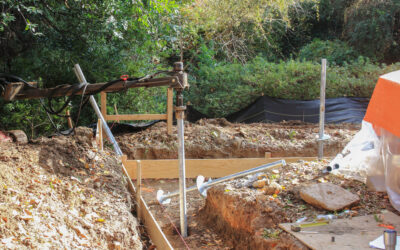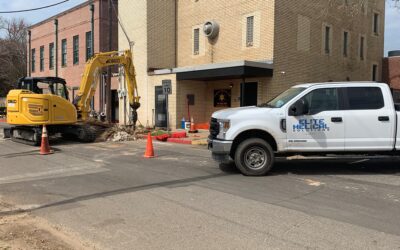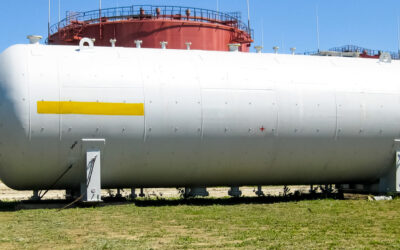Helical piles have a rich history dating back to the 1830s. Originally designed for mooring and lighthouses, these deep foundation elements have evolved into modern engineering marvels. Comprised of a central shaft adorned with one or more helix-shaped plates, helical piles are screwed into the ground just like a giant screw, providing a secure anchoring system for various structure
As a preferred deep foundation solution, helical piles offer exceptional stability and strength, particularly in challenging soil environments. They are engineered to transfer the weight of a structure to more suitable soil layers, thereby ensuring durability and safety. Let’s drill down into the specifics and unearth why helical piles in challenging soils could be the bedrock of your next construction project.
Understanding Different Soil Conditions
Soil type and condition are essential factors to consider when selecting the appropriate foundation solution for any construction project. Helical piles, known for their versatility, can be particularly effective in challenging soil types, such as rocky or hard soils. By understanding the soil conditions, engineers and contractors can optimize the design and installation of helical pile systems for maximum efficiency and performance.
Soft Soil
- Characteristics and challenges: Soft soil, often characterized by its high clay or silt content, may have poor load-bearing capacity and can be prone to shifting or settling. This poses a significant challenge for traditional foundation methods which may not provide the stability needed for long-term structural integrity.
- Solutions and strategies for piling in soft soil: The use of helical piles can mitigate these issues as they can be screwed deep into the ground, bypassing the weak soil layer and transferring the load to more stable strata. The design and length of the piles can be tailored to ensure they reach load-bearing soil, offering a secure and durable foundation.
Rocky Soil
- Challenges posed by rocky soil: Rocky soil conditions can be difficult for foundation installation due to the presence of hard rock layers which may impede the penetration of conventional piles or cause damage to the installation equipment.
- Advantages of helical piles in rocky soil: However, helical piles are equipped with sturdy helix-shaped blades that can cut through the soil and grip onto rocks allowing for secure anchoring. This method reduces installation time and minimizes the need for extensive excavation or drilling.
Hard Soil
- Characteristics and challenges: Dense and hard soils, such as some types of clay or compacted earth, can pose their own challenges. Pilings may be difficult to drive through such soils, requiring more force or specialized techniques to ensure proper placement.
- Techniques for dealing with hard soil conditions: With helical piles, installers can adjust the torque applied during installation to adapt to varying soil density. The installation equipment can apply a significant amount of force, ensuring the helical piles cut through the hard soil and attain the required depth for a secure foundation.
By understanding the intricacies of different soil conditions, professionals can enhance their approach to setting deep foundations. Helical piles offer flexible and reliable solutions to overcome the challenges presented by varied ground conditions, including the sometimes difficult rocky soil.
Adapting Helical Piles Installation for Seasonal Shifts
The performance of helical piles is closely related to soil conditions, which can vary greatly with the seasons. Understanding how seasonal changes impact soil properties is crucial for determining the right installation approach for helical piles, particularly in challenging soil environments.
Adaptations and Considerations for Different Seasons
- Spring Thaw: As the ground thaws, soil can become soft and muddy. Helical piles must be installed with attention to immediate load-bearing capacities, as well as the potential for soil drying and hardening later in the season.
- Summer Dryness: Soil may become denser and more unyielding in dry conditions. During installation, additional torque might be required to achieve the desired depth and capacity.
- Fall Preparation: Before the ground freezes, it’s essential to assess the soil’s readiness for winter. Helical piles may need to be driven deeper to account for potential frost heave.
- Winter Frosts: In frozen conditions, pre-drilling through soil can make helical pile installation more effective. Ensuring the piles penetrate below the frost line is critical for long-term stability.
Proper planning and adaptation for seasonal variations are paramount when working with helical piles in challenging soil. Each season requires its own set of strategies to optimize the installation and performance of helical pile foundations.






